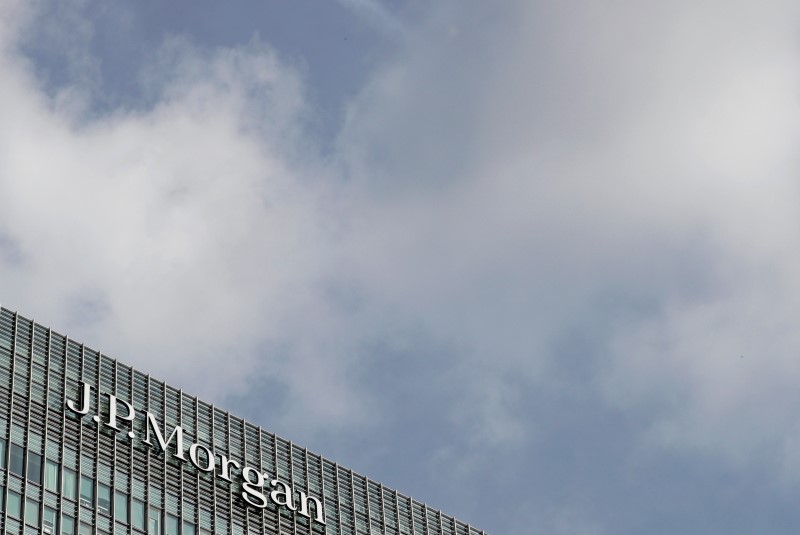JPMorgan’s Kolanovic Defends Dip-Buying Call, Warns of Fed Error
2022.08.18 21:06

JPMorgan’s Kolanovic Defends Dip-Buying Call, Warns of Fed Error
Budrigannews.com – Marko Kolanovic, one of Wall Street’s staunchest bulls, is defending his 2022 calls for dip buying while warning that the Federal Reserve would risk disrupting financial markets by going too hawkish right before US midterm elections.
The JPMorgan Chase & Co. (NYSE:JPM) strategist just issued another upbeat note to clients, saying those who expect to go bargain-hunting once the S&P 500 drops below 3,500 may be in for another futile waiting. That would imply a plunge of about 18%.
After falling to the 2022 low of 3,666.77 in mid-June, the benchmark index has rallied 17%, defying bears who eye deeper losses. While a more hawkish Fed decision at its September meeting could upset the market, Kolanovic says corporate buybacks and demand from rules-based traders could offer a buffer for stocks.
His team is sticking to the year-end target of 4,800, a 12% gain from Wednesday’s close.
“Given our core view that here will be no global recession and that inflation will ease, the variable that matters the most is positioning. And positioning is still very low,” Kolanovic wrote. “While the perception is that bears were vindicated this year, one should keep in mind that price targets are for year end, and not intra-year lows.”
Kolanovic, voted the No. 1 equity-linked strategist in last year’s Institutional Investor survey, says his math shows the buy-the-dip strategy has worked this year during a bear-market rout. For instance, a trade that buys the S&P 500 when the index is down 2% from a one-week high would have returned 3%, compared with a 10% loss in the index.
“Buying on weakness so far yielded positive returns and has worked better, than e.g. suggestions to stay out of the market and start ‘nibbling’ at 3,500 or 3,300, levels that have not been reached,” he wrote.
For much of 2022, the strategists kept advising clients to buy the dip during the equity selloff, a call that looked shaky until recently. He attributes the recent strength in risky assets to optimism that the Fed would slow down or pause its aggressive rate hiking cycle, a concept also known as “Fed pivot.”
In his view, raging inflation, driven by the commodity supercycle and the Covid recovery, would recede naturally as time passes by, and the Fed was over-reacting by raising interest rates by 75 basis points.
“While this was an out of consensus view, we are again out of consensus and maintain that inflation will resolve on its own as distortions fade,” he wrote. “Given the lag it takes for rate hikes to work through the system, and with just one month before very important US elections, we believe it would be a mistake for the Fed to increase risk of a hawkish policy error and endanger market stability.”








